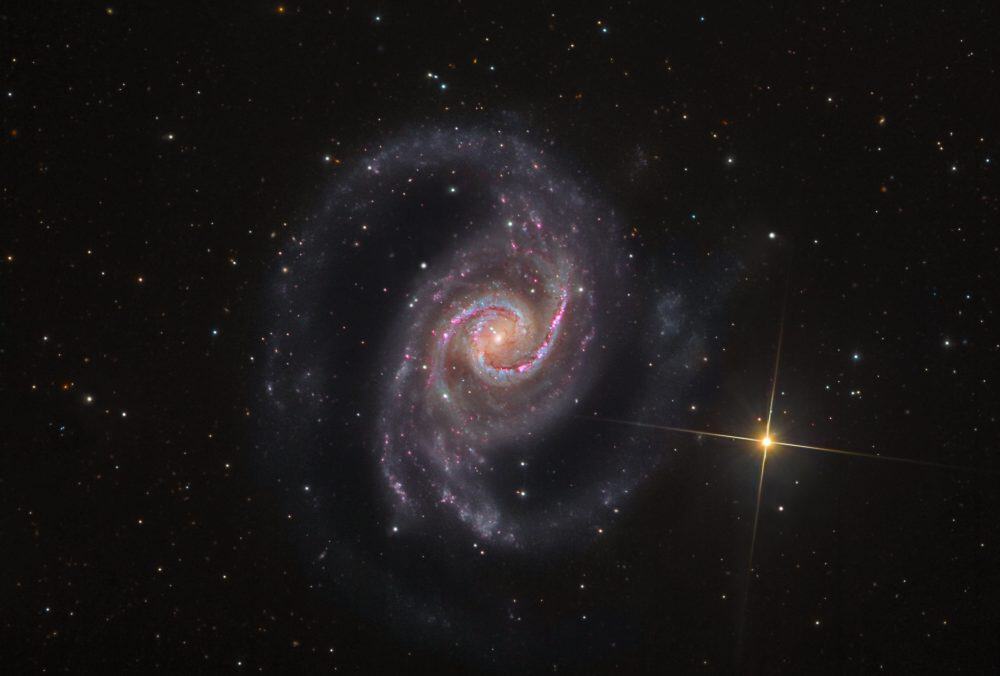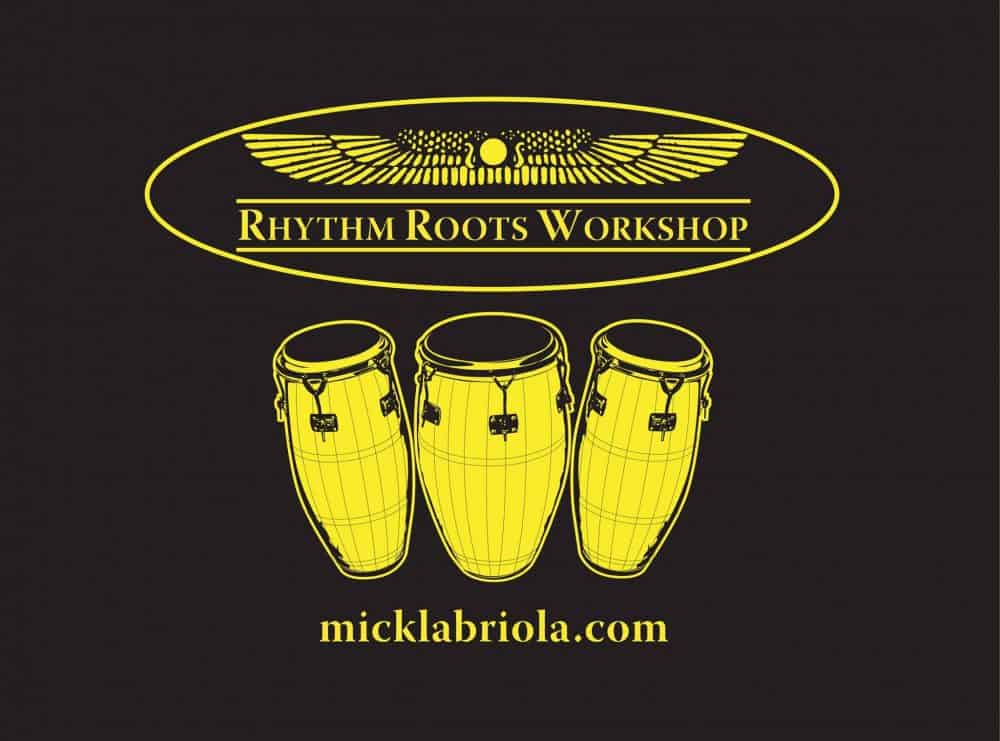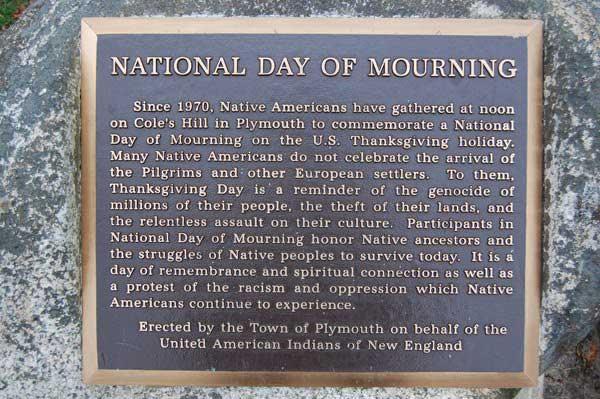Blog
Nat Adderley (November 25, 1931 – January 2, 2000) was an American jazz trumpeter. He was the younger brother of saxophonist Julian “Cannonball” Adderley, whom he remained very close to in his career but under whose shadow he lived for most of his life.
Adderley’s “Work Song” is a jazz standard which also became a success on the pop charts after singer Oscar Brown Jr. wrote lyrics for it.
Nathaniel Carlyle Adderley was born in Tampa, Florida, but moved to Tallahassee when his parents were hired to teach at Florida A&M University. His father played trumpet professionally in his younger years, and he passed down his trumpet to Cannonball. When Cannonball picked up the alto saxophone, he passed the trumpet to Nat, who began playing in 1946. He and Cannonball played with Ray Charles in the early 1940s in Tallahassee and in amateur gigs around the area.
more...Paul Desmond (born Paul Emil Breitenfeld, November 25, 1924 – May 30, 1977) was an American jazz alto saxophonist and composer, best known for his work with the Dave Brubeck Quartet and for composing that group’s biggest hit, “Take Five“. He was one of the most popular musicians to come out of the cool jazz scene.
In addition to his work with Brubeck, he led several groups and collaborated with Gerry Mulligan, Chet Baker, Jim Hall, and Ed Bickert. After years of chain smoking and poor health, Desmond succumbed to lung cancer in 1977 after a tour with Brubeck.
Desmond was born Paul Emil Breitenfeld in San Francisco, California, in 1924, the son of Shirley (née King) and Emil Aron Breitenfeld. His father was from a Jewish family from Bohemia and Austria, and his mother was Catholic; throughout his life, Desmond was unsure of his father’s background.
more...William Henry Joseph Bonaparte Bertholoff Smith (November 25, 1897– April 18, 1973), also known as “The Lion“, was an American jazzpianist and one of the masters of the stride style, usually grouped with James P. Johnson and Thomas “Fats” Waller as the three greatest practitioners of the genre in its golden age, from about 1920 to 1943.
William Henry Joseph Bonaparte Bertholoff was born in Goshen, New York. His mother and grandmother chose the names to reflect the different parts of his heritage: Joseph after Saint Joseph (Bible), Bonaparte (French), Bertholoff (biological father’s last name), Smith (added when he was three, his stepfather’s name), and William and Henry which were added for “spiritual balance”.
In his memoir he reports that his father, Frank Bertholoff, was Jewish. Willie was at least somewhat conversant in Yiddish, as he demonstrated in a television interview late in his life. Willie’s mother, Ida Oliver, had “Spanish, Negro, and Mohawk Indian blood”. Her mother, Ann Oliver, was a banjo player and had been in Primrose and West minstrel shows (Smith also had two cousins who were dancers in the shows, Etta and John Bloom).
more...Poland
A metaphysical story about the Carpathian village. Village, like in the old days, inhabited by Bukovina highlanders, Hutsuls, Jews, Gypsies, Polish, Romanians, Hungarians and many more from the abundance of the Transcarpathian cultures.
more...a beautiful galaxy located approximately 40 million light-years away in the constellation of Dorado (The Dolphinfish). NGC 1566 is an intermediate spiral galaxy, meaning that while it does not have a well-defined bar-shaped region of stars at its center — like barred spirals — it is not quite an unbarred spiral either.
more...Theodore Shaw Wilson (November 24, 1912 – July 31, 1986) was an American jazz pianist. Described by critic Scott Yanow as “the definitive swing pianist”, Wilson’s sophisticated and elegant style was featured on the records of many of the biggest names in jazz, including Louis Armstrong, Lena Horne, Benny Goodman, Billie Holiday, and Ella Fitzgerald. With Goodman, he was one of the first black musicians to appear prominently with white musicians. In addition to his extensive work as a sideman, Wilson also led his own groups and recording sessions from the late 1920s to the 1980s.
Wilson was born in Austin, Texas, on November 24, 1912. He studied piano and violin at Tuskegee Institute in Tuskegee, Alabama. After working in Speed Webb‘s band, with Louis Armstrong, and also understudying Earl Hines in Hines’s Grand Terrace Cafe Orchestra, Wilson joined Benny Carter‘s Chocolate Dandies in 1933. In 1935, he joined the Benny Goodman Trio (which consisted of Goodman, Wilson and drummer Gene Krupa, later expanded to the Benny Goodman Quartet with the addition of Lionel Hampton). The trio performed during the big band‘s intermissions. By joining the trio, Wilson became one of the first black musicians to perform prominently in a racially integrated group.
more...Wild Bill Davis (November 24, 1918 – August 17, 1995) was the stage name of American jazz pianist, organist, and arranger William Strethen Davis.
Davis was born in Glasgow, Missouri. He is best known for his pioneering jazz electronic organ recordings and for his tenure with the Tympany Five, the backing group for Louis Jordan. Prior to the emergence of Jimmy Smith in 1956, Davis (whom Smith had reportedly first seen playing organ in the 1930s) was the pacesetter among organists.
Davis originally played guitar and wrote arrangements for Milt Larkin‘s Texas-based big band during 1939–1942, a band which included Arnett Cobb, Illinois Jacquet, and Tom Archia on horns. After leaving the Larkin orchestra, Davis worked in Chicago as a pianist, recording with Buster Bennett in 1945. He played a crucial role as the pianist-arranger in Jordan’s Tympany Five (1945–1947) at the peak of their success. After leaving Jordan, he returned to Chicago for a time, recording again with Buster Bennett and working with Claude McLin. After switching from piano to organ, Davis moved to the East Coast. In 1950, he began leading an influential trio of organ, guitar, and drums, which recorded for OKeh Records.
more...Scott Joplin (c. 1867/68 or November 24, 1868 – April 1, 1917) was an African-American composer and pianist. Joplin achieved fame for his ragtimecompositions and was dubbed the “King of Ragtime”. During his brief career, he wrote 44 original ragtime pieces, one ragtime ballet, and two operas. One of his first and most popular pieces, the “Maple Leaf Rag“, became ragtime’s first and most influential hit, and has been recognized as the archetypal rag.
Joplin was born into a musical family of railway laborers in Texarkana, Arkansas, and developed his musical knowledge with the help of local teachers. He grew up in Texarkana, Texas, where he formed a vocal quartet, and taught mandolin and guitar. During the late 1880s he left his job as a railroad laborer and travelled the American South as an itinerant musician. He went to Chicago for the World’s Fair of 1893, which played a major part in making ragtime a national craze by 1897.
more...Madagascar
more...Rhythm Roots Workshop Friday November 23rd 2018 10am-noon
Drumming workshop for the Developmentally Disabled community. Getting down to the boogie woogie.
Ally People Solutions Midway Location St Paul
Born of a parent’s heart, Ally People Solutions is building on the wonderful legacy of its founders, never forgetting the mission to see each person as a unique individual worthy of respect and deserving opportunities to live life to the fullest.
more...The cluster is surrounded by clouds of interstellar gas and dust – the raw material for new star formation. The nebula, located 20,000 light-years away in the constellation Carina, contains a central cluster of huge, hot stars, called NGC 3603.
Appearing colorful and serene, this environment is anything but. Ultraviolet radiation and violent stellar winds have blown out an enormous cavity in the gas and dust enveloping the cluster. Most of the stars in the cluster were born around the same time but differ in size, mass, temperature and color. The course of a star’s life is determined by its mass, so a cluster of a given age will contain stars in various stages of their lives, giving an opportunity for detailed analyses of stellar life cycles. NGC 3603 also contains some of the most massive stars known. These huge stars live fast and die young, burning through their hydrogen fuel quickly and ultimately ending their lives in supernova explosions.
Star clusters like NGC 3603 provide important clues to understanding the origin of massive star formation in the early, distant universe. Astronomers also use massive clusters to study distant starbursts that occur when galaxies collide, igniting a flurry of star formation. The proximity of NGC 3603 makes it an excellent lab for studying such distant and momentous events.
This Hubble Space Telescope image was captured in August 2009 and December 2009 with the Wide Field Camera 3 in both visible and infrared light, which trace the glow of sulfur, hydrogen, and iron.
NGC 3603 is a nebula situated in the Carina spiral arm of the Milky Way around 20,000 light-years away from the Solar System. It is a massive HII region containing a very compact open cluster (probably a super star cluster) HD 97950.
more...Robert Lee Burnside (November 23, 1926 – September 1, 2005) was an American blues singer, songwriter, and guitarist. He played music for much of his life but received little recognition before the early 1990s. In the latter half of the decade, Burnside recorded and toured with Jon Spencer, garnering crossover appeal and introducing his music to a new fan base in the punk and garage rock scene.
Burnside was born in 1926 to Earnest Burnside and Josie, in either Harmontown, College Hill, or Blackwater Creek, all of which are in the rural part of Lafayette County, Mississippi, close to the area that would be covered by Sardis Lake a few years later.
more...Ray Drummond (born November 23, 1946 in Brookline, Massachusetts) is a jazz bassist and teacher. He also has an MBA from Stanford University, hence his linkage to the Stanford Jazz Workshop. He can be heard on hundreds of albums and co-leads The Drummonds with Renee Rosnes and (not related) Billy Drummond.
Drummond has been a resident of Teaneck, New Jersey, since 1980 with his wife, Susan, and his daughter, Maya.
He is the elder brother of David Drummond, senior vice president, corporate development and chief legal officer of Google Inc.
more...Gloria Lynne (born Gloria Wilson; November 23, 1929 – October 15, 2013), also known as Gloria Alleyne, was an American jazz vocalist with a recording career spanning from 1958 to 2007.
Lynne was born in Harlem in 1929 to John and Mary Wilson, a gospel singer
In the 1960s, she had several hits including “June Night”, “Love I Found You”, “I’m Glad There Is You“, 1964’s “I Wish You Love“, which became her signature song, and “You Don’t Have To Be a Tower of Strength”, her answer to Gene McDaniels‘s “Tower of Strength” and a pop hit that proved how versatile she could be in the studio. After her time with Everest Records, she moved back to Fontana and recorded such albums as Soul Serenade, Love And A Woman, Where It’s At, and Here, There And Everywhere, demonstrating her versatility in jazz, RnB, soul and melodic “pop.”
During her earlier years on the road, Lynne shared bills with RnB, jazz, traditional pop music, and pop singers including Ray Charles, Billy Eckstine, Johnny Mathis and Ella Fitzgerald. TV specials include two with Harry Belafonte and duets with Billy Eckstine. As Lynne moved into jazz in her later career she performed with many jazz musicians, including Quincy Jones, Bobby Timmons, Philly Joe Jones, Harry “Sweets” Edison.
more...World Music on Flamenco Fridays with CAMARON DE LA ISLA PACO DE LUCIA & TOMATITO EN EL AÑO performing Bulerias.
“Loco Mateo” was the first performer of this style, finishing his “soleares or soleás” with “bulerías”. Hence “bulería” results from “solea”. It was originated in the late 19th century. In “Sinfonía Virtual” magazine Guillermo Castro documented that the term “bulería” was used for the first time in the 17th century, but it didn’t acquire its flamenco meaning until the early 20th century. It was earlier believed that the first appearance of this style came up with the painting of José García Ramos “Baile por bulerías” (1884), preserved in the Museum of Fine Arts of Seville. Currently, it’s widely known that this paiting had other titles previously such as “Tango“, “Bailarina” or “El Baile”. It was not until second half of the XX century that it adopted the name “Baile por Bulerías”.
The most flamenco “bulerías” are in Phrygian mode (with the I chord mutation that becomes Major perfect, often combining melodic and harmonic turns on the I and VI).
more...Let us honor our First Nation People today on this Thanksgiving. Especially the Wall of Forgotten Natives homeless encampment in Minneapolis. I pray one day the world will honor All People Equally, with every individual receiving the basic needs of survival and respect as Human Beings at birth; Food, Shelter, Education and Sustainability in a loving and nurturing Mother Earth.
The National Day of Mourning is an annual protest organized since 1970 by Native Americans of New England on the fourth Thursday of November, the same day as Thanksgiving in the United States. It coincides with an unrelated similar protest, Unthanksgiving Day, held on the West Coast.
The organizers consider the national holiday of Thanksgiving Day as a reminder of the democide and continued suffering of the Native American peoples. Participants in the National Day of Mourning honor Native ancestors and the struggles of Native peoples to survive today. They want to educate Americans about history. The event was organized in a period of Native American activism and general cultural protests. The protest is organized by the United American Indians of New England (UAINE). Since it was first organized, social changes have resulted in major revisions to the portrayal of United States history, the government’s and settlers’ relations with Native American peoples, and renewed appreciation for Native American culture.
more...More Posts
- The Cosmos with IC 2631
- George Russell Day
- Milt Hinton Day
- World Music with Mustapha Tettey Addy
- Daily Roots with Turbulence
- The Cosmos with NGC 4565
- Kris Kristofferson Day
- Ray Mantilla Day
- Cal Green Day
- World Music with ESTRELLA MORENTE
- Daily Roots with Sizzla
- The Cosmos with NGC 5426/27
- Eric Reed Day
- Lalo Schifrin
- Skip James Day
- World Music with Alekos K. Vretos
- Daily Roots with Ijahman Levy
- The Cosmos with M16
- Eric Dolphy Day
- Lazy Lester Day



